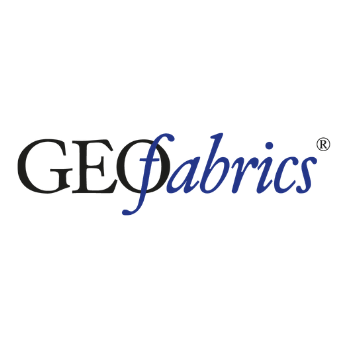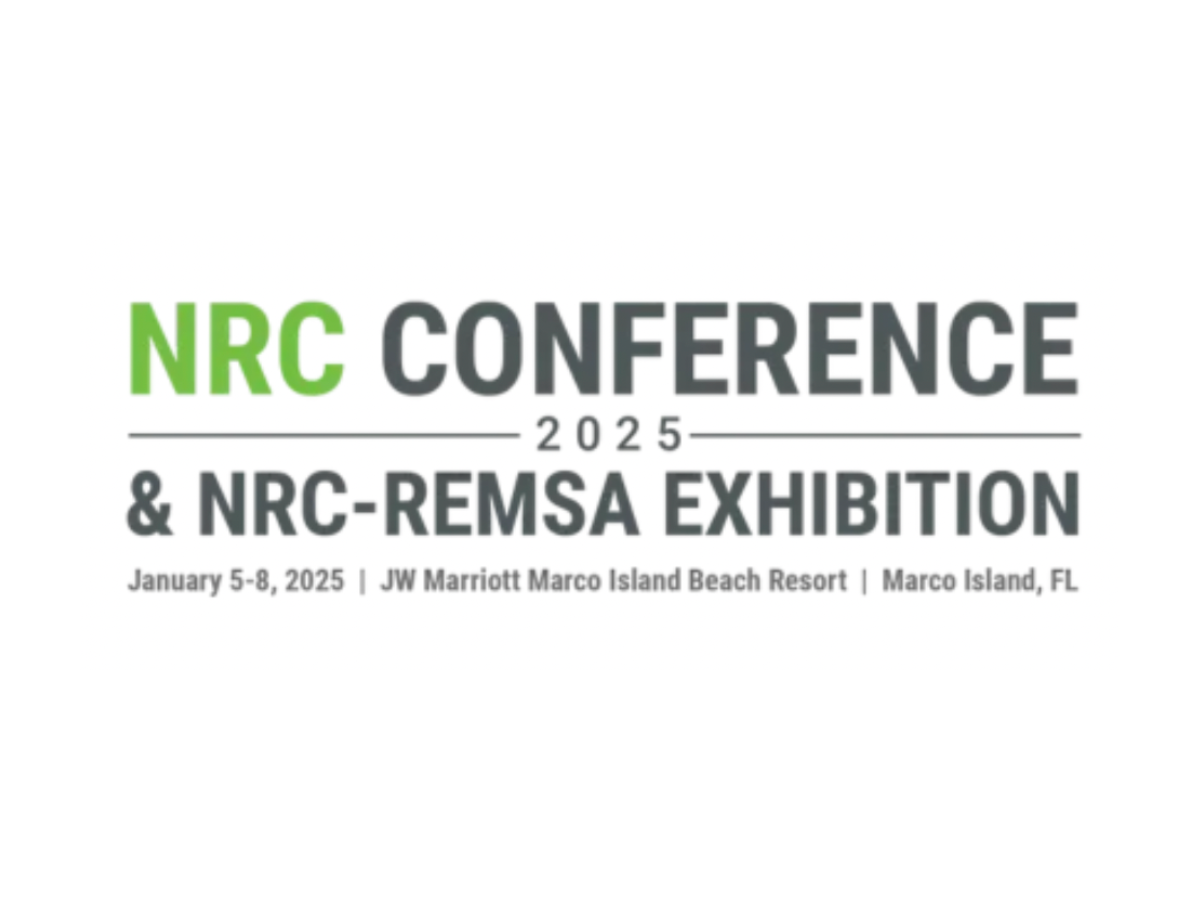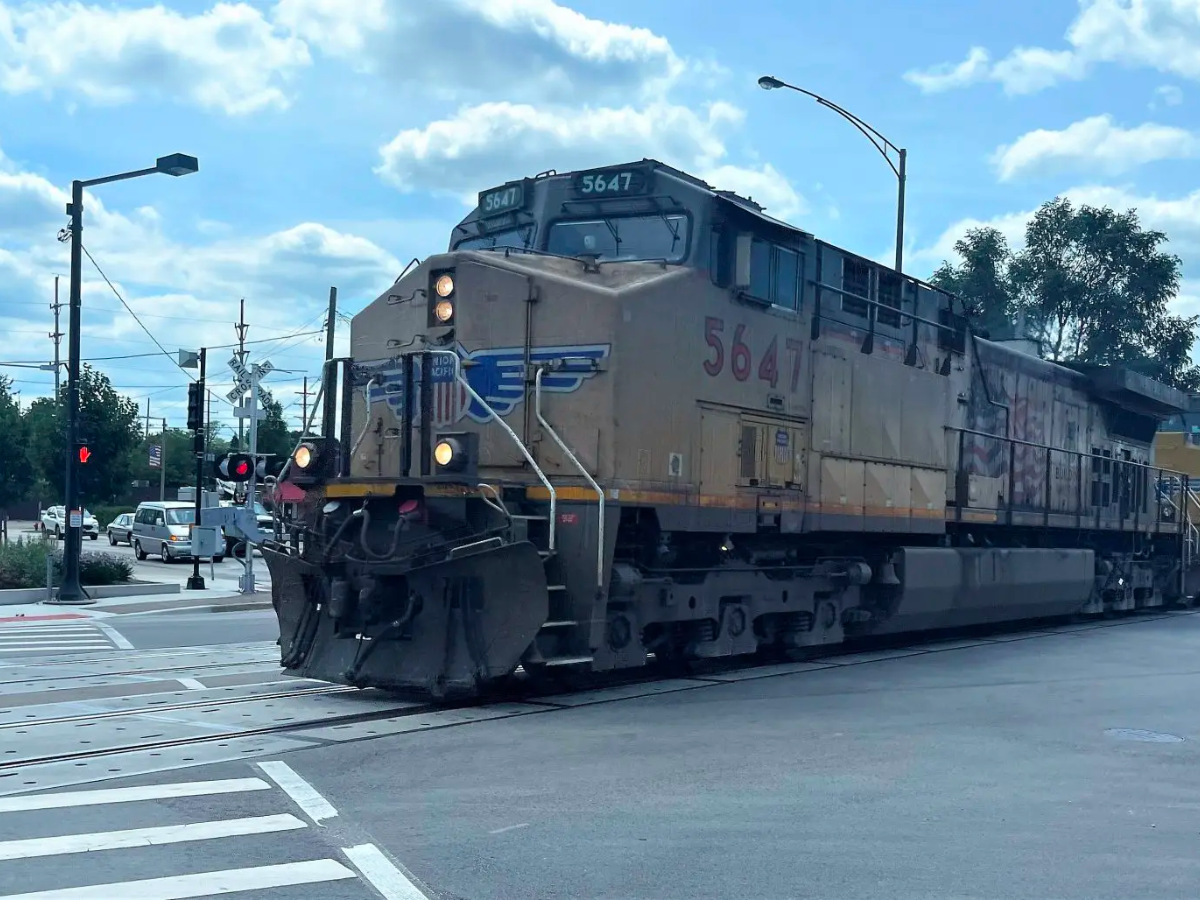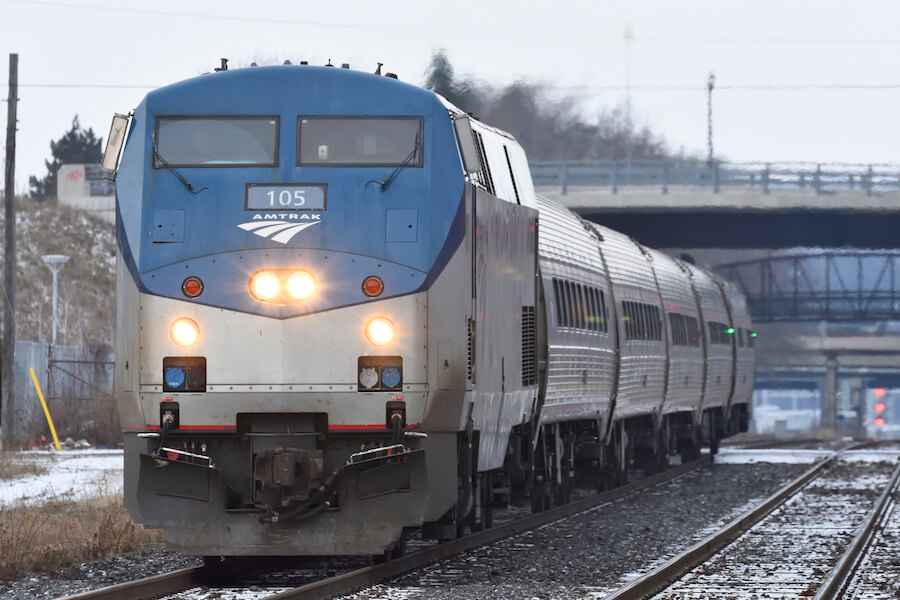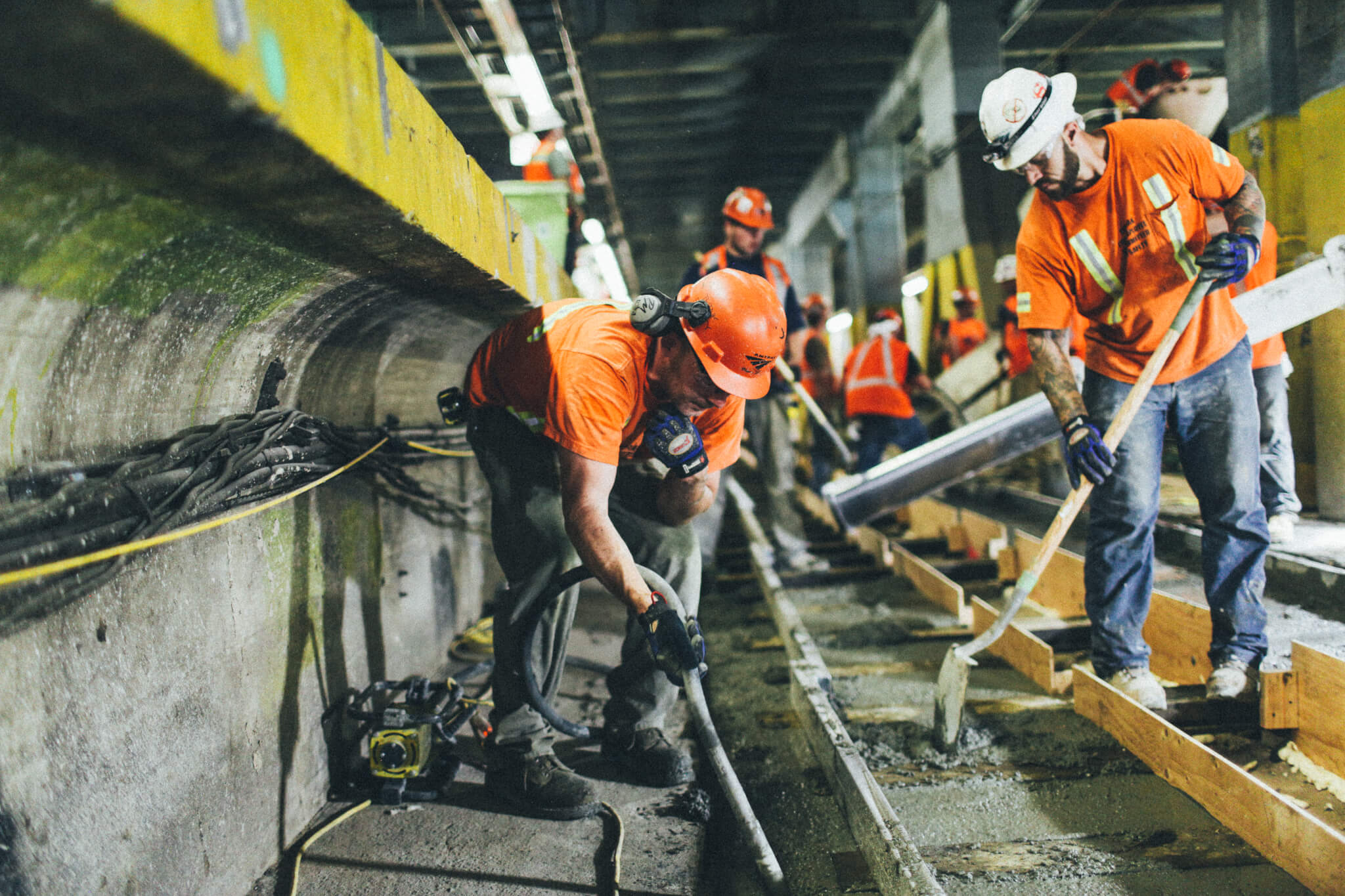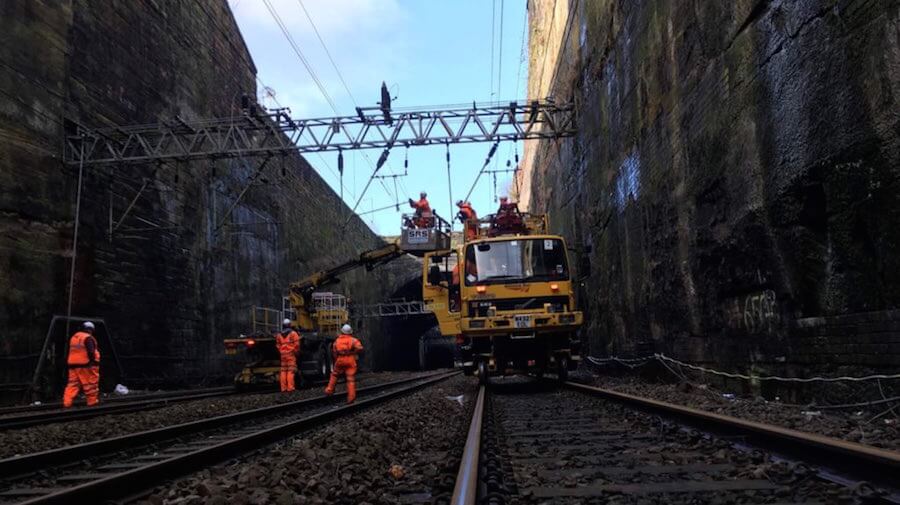Geofabrics Case Study: Mainline Rehabilitation Using TrackTex – Cook MN
Project Information:
- Location – Cook MN
- Owner – Canadian National
- Engineer – Janna Solop
- Contractor – Lakehead Constructors
- Technical Description – Product: TrackTex (82ft x 12.7ft)
When Canadian National reported continuous resurfacing issues caused by mud-pumping on a section of mainline track in Cook MN, the use of TrackTex anti-pumping Geocomposite as a solution was an obvious choice.
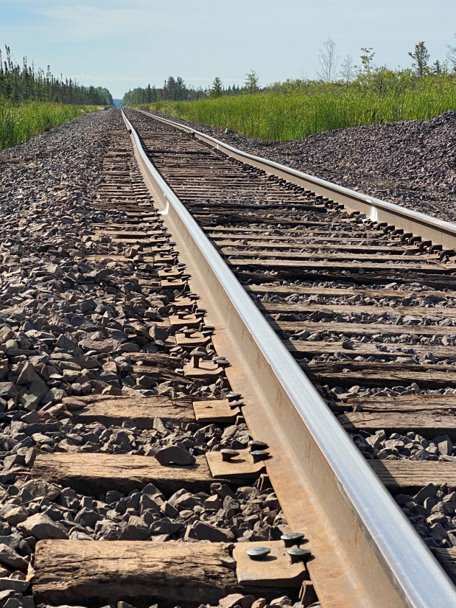
Subgrade pumping has always been a problem in ballasted track, particularly on weakly cemented mudstones or over consolidated clays. These soils have a high shear strength and as such do not need a deep trackbed to support track loading, yet if unprotected the upper surface degrades easily when exposed directly to water.
The open texture of ballast allows free water to come into contact with the exposed formation. When the exposed surface contains fine grained particles, these can be readily eroded by the water accumulating in the voids, forming weak, highly mobile slurry. This slurry is then ‘pumped’ up into the overlying ballast by each passing axle load. Contamination of the clean ballast layer by the fine soil particles in the slurry very quickly reduces the load-bearing properties of the ballast and leads to loss of track alignment in the affected area.
Mud pumping results in ballast failure, that weakens the track modulus, and consequentially reduces the bearing capacity. Under extreme conditions the ballast will become unmaintainable within a very short time post-installation.
TrackTex is a multilayer composite with a unique microporous filter media protected by specially engineered protective nonwoven geotextiles. The filter is an orientated microporous polymeric film with a series of microcells and interconnecting pores, characterised by its relative strength and ability to transmit vapour.
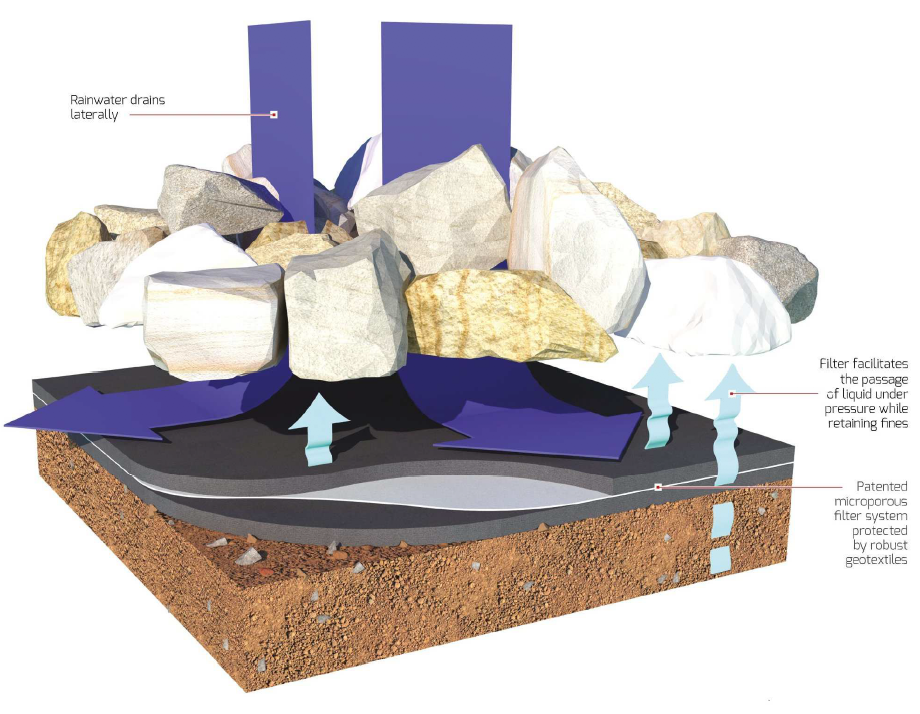
TrackTex can effectively facilitate the passage of liquid under pressure, but the pores are such that the passages of clay fines are not prohibited. Without pressure, water cannot pass through the filter, therefore any underlying clay formation will, over time dry out and have an improved modulus.
TrackTex was installed without the need for any specialist equipment. On this installation a section of track was removed prior to installation however this is not always required. In most cases the track is simply lifted while the TrackTex is pulled into place.
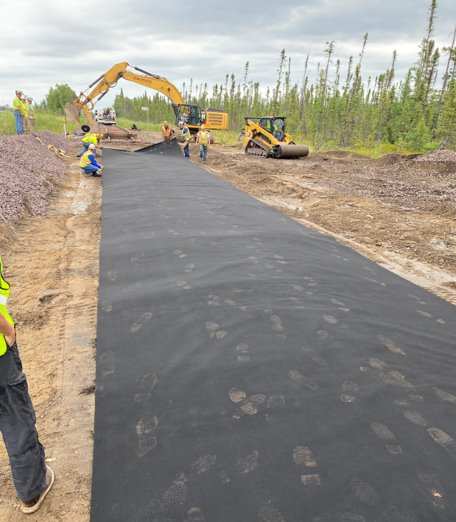
When installed on a soft subgrade, the use of a geogrid to provide additional strength is often beneficial. TrackTex can be used in conjunction with a geogrid and on this occasion a large aperture 30kN geogrid was placed above the composite prior to placing new ballast.
For more information on TrackTex please contact our Rail Sector Manager Eric Littel.
This article was originally published by Geofabrics.

